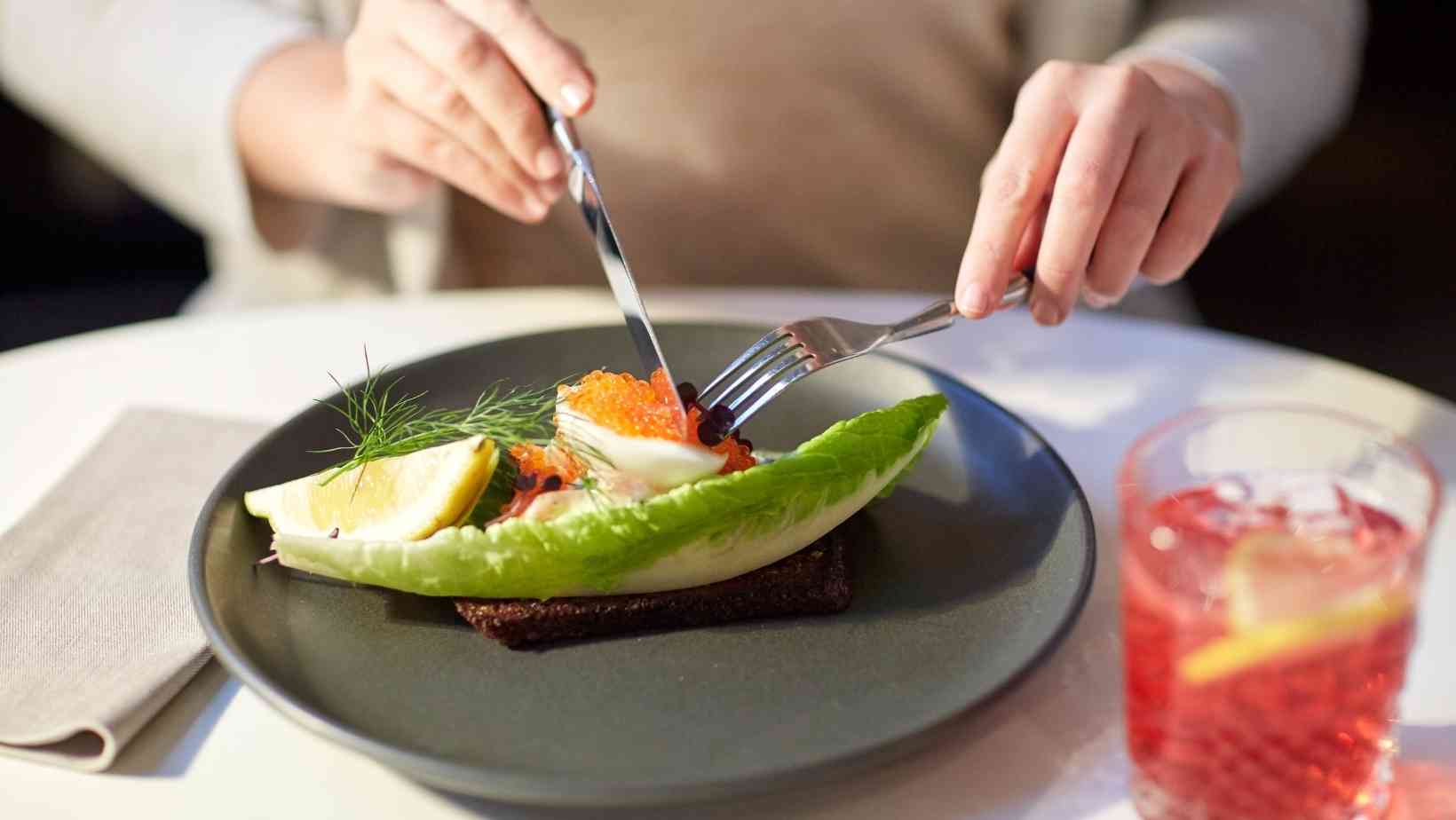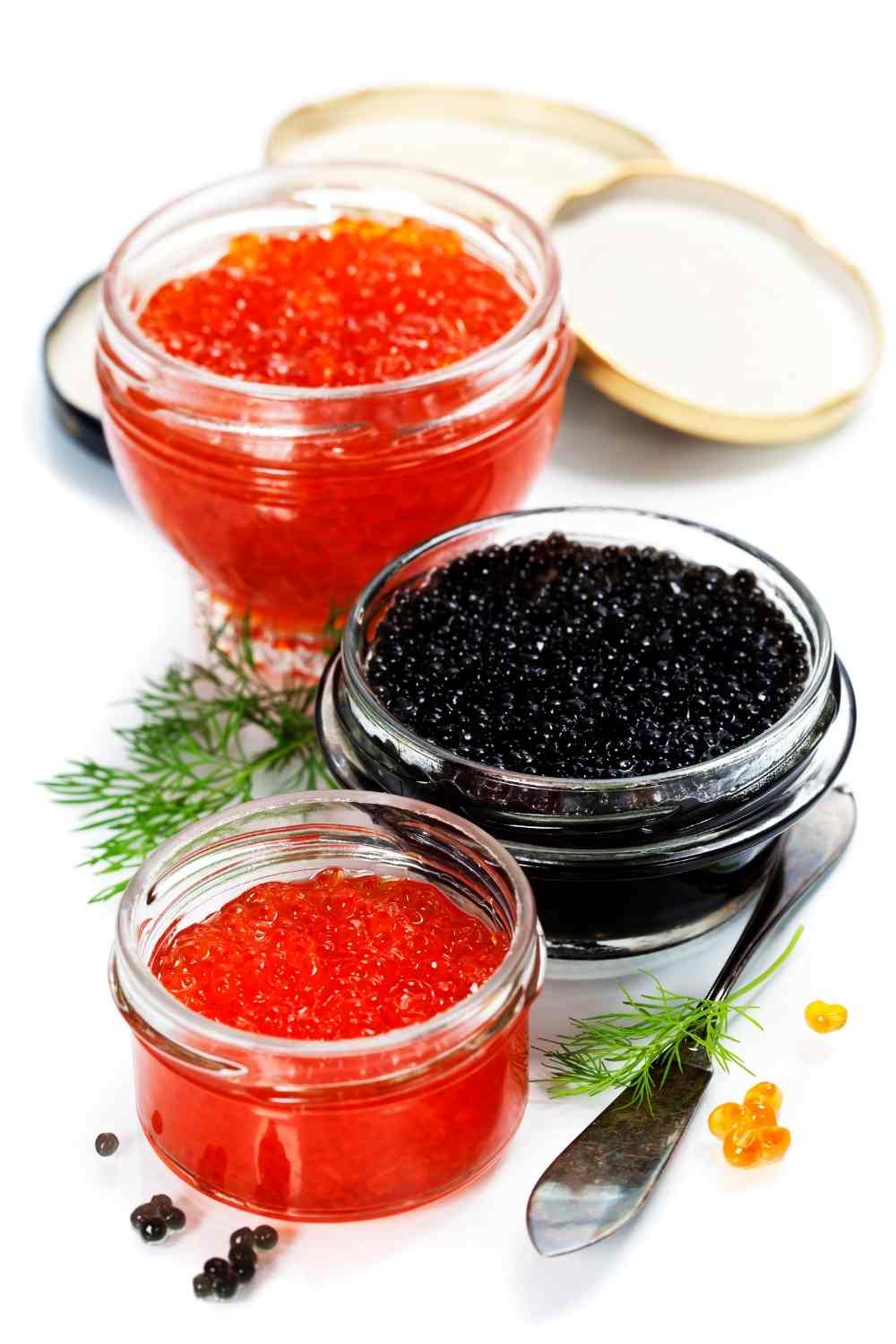Caviar, which is synonymous with luxury, is both highly appreciated and often misunderstood. Because it is so costly, people do not want to squander it; but, they are frequently ill-equipped to properly serve and consume it as a result. The bulk of caviar is derived from three varieties of sturgeon: the beluga, the sevruga, and the osstreta (ocean sturgeon). If the eggs originate from a kind of fish other than sturgeon, such as salmon, they are not considered caviar; instead, they are referred to as roe, which is the general term for fish eggs. Caviar that is of the highest quality should not taste fishy or too salty. Whenever possible, seek egg globules that are glossy, fine-grained, and undamaged when purchasing.

How to Serve Caviar
Fine caviar should be served extremely cold in a non-metallic dish nested within a bigger bowl filled with ice, rather than at room temperature. Due to the fact that caviar does not freeze until temperatures fall below 28 degrees, you may keep it in the coldest area of the refrigerator to make it as ice-cold as possible without it actually freezing, which might alter the texture of the eggs.
Metal dishes and utensils should be avoided since they may add a metallic flavor to the caviar. Use glass, bone, tortoiseshell, wood, or plastic servers and utensils for a more classic look, or mother-of-pearl or gold if you want to go all out.
What to Serve with Caviar
Ideally, fine caviar should be served simply, maybe with toast points or plain, unsalted crackers. Some individuals like to consume caviar directly from the tin in which it was packaged in order to experience the pure, unadulterated flavor of the fish eggs.
Although purists would disagree, thinking that nothing should be allowed to interfere with the taste of quality caviar, frequent accompaniments include lemon wedges, sour cream, crème Fraiche, hard-cooked egg (yolks and whites cut separately), and minced onion, among others. Caviar is often served on a blini, which is a tiny pancake similar to a crepe. These garnishes may be particularly beneficial for lower-quality caviar items. To gain a full sense of the taste of caviar, start by tasting it on its own, without any accompaniments, before moving on.
Champagne is also not acceptable to purists, who want just a straight shot of the best-frozen vodka, preferably Russian, instead of the more typically served beverage. The neutral flavor of high-quality vodka will not detract from the flavor of the caviar in any way. Champagne is a great choice for any occasion, but be sure to buy the driest kind you can find—not the bottle with "extra-dry" on the label, which is really sweeter than the bottles labeled "brut," "extra brut," or "brut natural."
Eating Etiquette
In the company of friends, you may not have to worry about how to eat caviar in the correct manner. If you're eating at a fine-dining establishment, you may wish to adhere to correct etiquette as a precaution.

- Never overindulge when presented caviar as an hors d'oeuvre, no matter how much you may be enticed by the delectable taste of this exquisite delicacy! It is considered impolite to consume more than a generous portion of around 2 ounces, or approximately two spoonfuls.
- Avoid chewing the caviar since you will lose a lot of the taste if you do. Feel the beads of fish eggs on your tongue and taste the buttery fat on your tongue.
- Take little pieces of the caviar to enjoy it properly. It's a pricey product, and it should be savored and appreciated rather than gulped down in a single sitting. Start with around a half-teaspoon of caviar and allow yourself to be completely immersed in the caviar-eating sensation.




